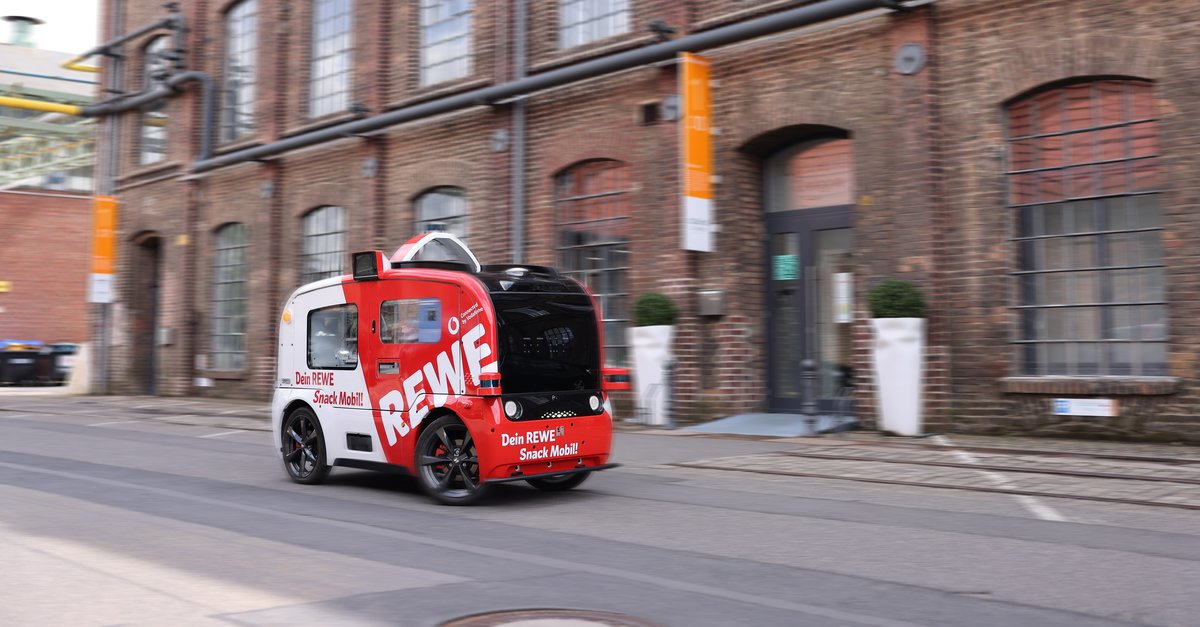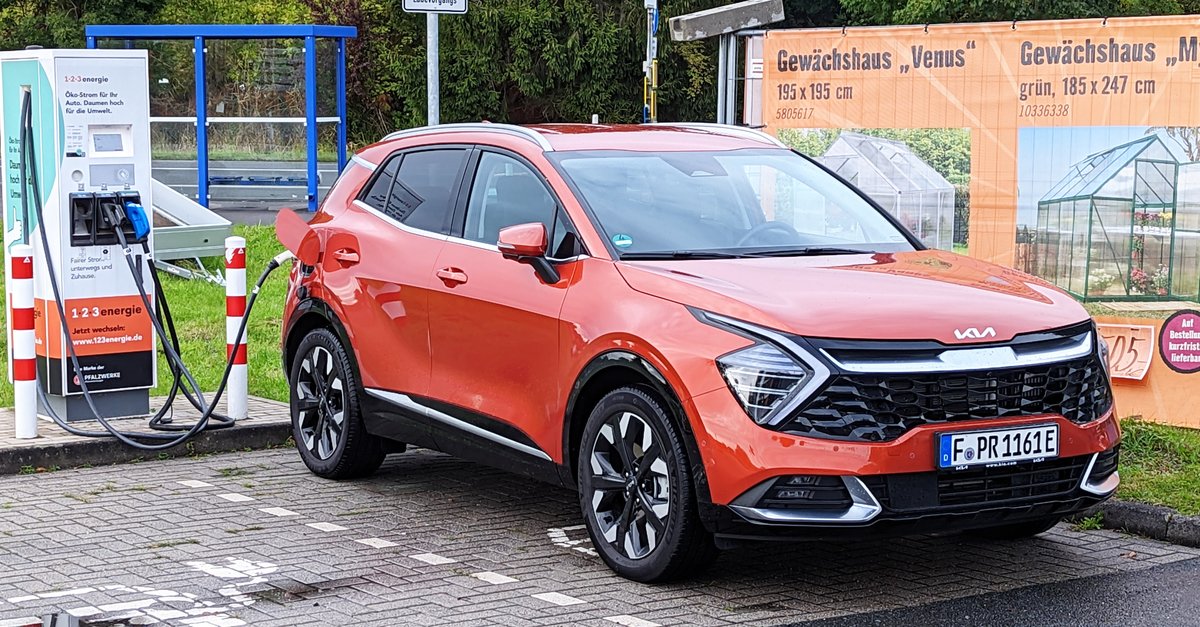What’s so special about Cornelis Vlasman’s modular body?
The biologist Cornelis Vlasman has allegedly developed a modular body in which individual, artificial body parts can be exchanged. According to Vlasman, the basis is his own cells. But what’s really going on with the story?
Science is constantly unveiling new insights into the human body. But how do different parts of the body interact with each other? And what processes does our brain go through? Researchers around the world are investigating all these questions. One type of cell has emerged as a possible miracle cure for diseases: the stem cell.
In contrast to classic cells, a stem cell is still in a completely neutral state. Because: A stem cell can become almost anything, such as a heart cell, a liver cell or other body cells. Biologist Cornelis Vlasman allegedly took advantage of this and developed the concept of a modular body.
Cornelis Vlasman: Biologist develops “Oscar”, the supposedly first modular body
developed for this he in an experiment “Oscar”, a non-living organism said to be based on Vlasman’s cells. This resulted in a brain module that could send electrical impulses to other modules. A lung module also followed as a supplement. According to Vlasman, these two modules would already interact with each other.
Still added a kidney module and two limb modules. The organism then began to move through the stimulation of the artificial muscles. Because by “installing” a blood system and nerve tracts, our closed system quickly becomes an open source body. Medical treatments are correspondingly simple.
Art project instead of scientific sensation
As a result, the story made waves on the internet. Finally, the question of ethics is not irrelevant in such an experiment. But as it turned out, it was the alleged experiment a project by Dutch artist Floris Kayyk. Neither the modular body nor the associated biologist Cornelis Vlasman really exist.
The artist developed this in 2016, and since then the story has gone viral again and again. The original motivation for the project was to demonstrate what could be possible in the future. The information about the modular body can be accessed via the Kayyk’s Facebook page gain access.
Also interesting:


